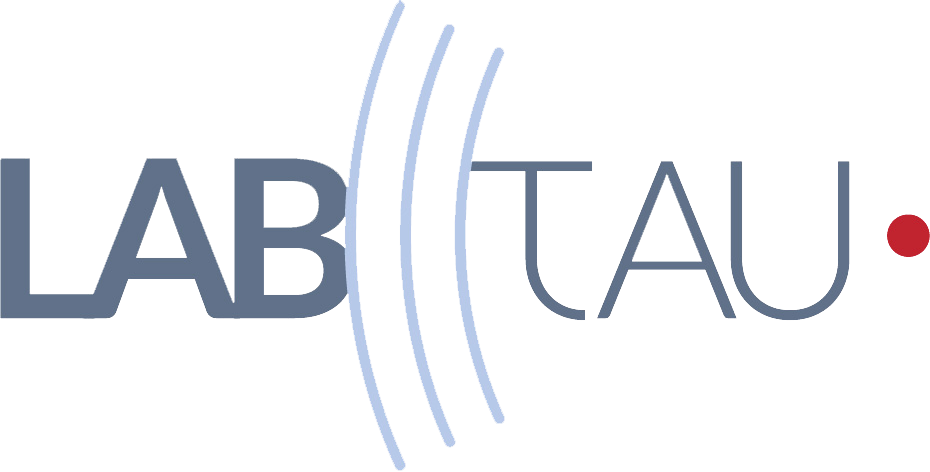Thesis defense: Development of conformal interstitial ultrasound therapy for the treatment of hepatocellular carcinoma.
Author: Loic Daunizeau
Time: 14H00
Language: French
Place: Visioconference
Summary:
Hepatocellular carcinoma is the most common primary cancer of the liver. Interstitial thermal ablation procedures constitute a type of curative treatments for this cancer. Given the physical nature of the phenomenon used to modify temperature (radio frequency, micro wave, laser, cryotherapy), those methods may not be able to generate a conformal treatment for a given tumor shape. In some cases, this limitation may induce the thermal ablation of a large volume of non-tumor tissues. The use of an ultrasound interstitial probe mounted with a multi-element transducer capable of generating high intensity focused ultrasound (HIFU) may theoretically help to overcome this limitation. Also a transducer with an important number of elements may also provide in situ imaging. As a first step, the design of a transducer for interstitial ultrasound probe was studied. A specific configuration has been proposed for the treatment of tumors with a diameter of 4 cm. The question of the treatment planning method to adopt to reach an optimal conformal treatment has been then addressed by comparing numerical simulations of different strategies. All strategies were sufficiently conformal and none presented real assets compared to the others. Ultrasound focusing in itself provided the desired conformal thermal ablation. Finally, a robotic platform was developed for driving interstitial dual mode ultrasound probes, both in imaging and in therapy mode. This platform allowed the automatic treatment planning of in vitro tumor mimic phantoms, based on 3D ultrasound reconstruction from the B mode images obtained in situ by the interstitial probe. However, in therapy mode, the probes did not reach their specifications and did not manage to create thermal lesions in in vitro liver tissue sample. The modularity of the robotic platform allowed driving a different HIFU system, which was more robust. With this system, the platform managed to perform with success an automatic treatment planning and then the associated HIFU treatment in in vitro tissue sample.





